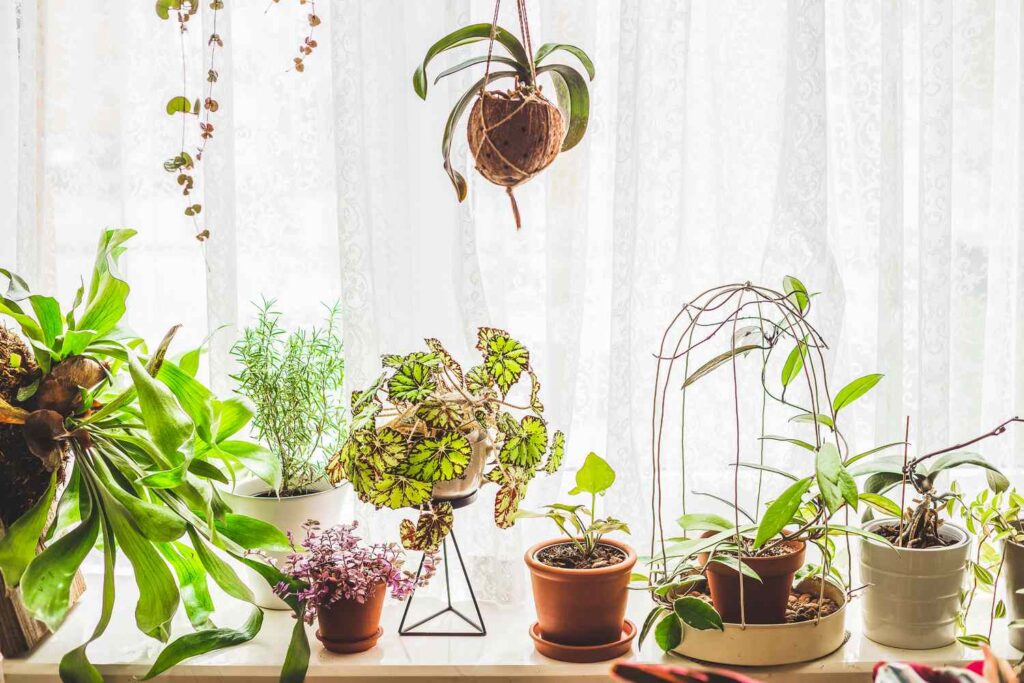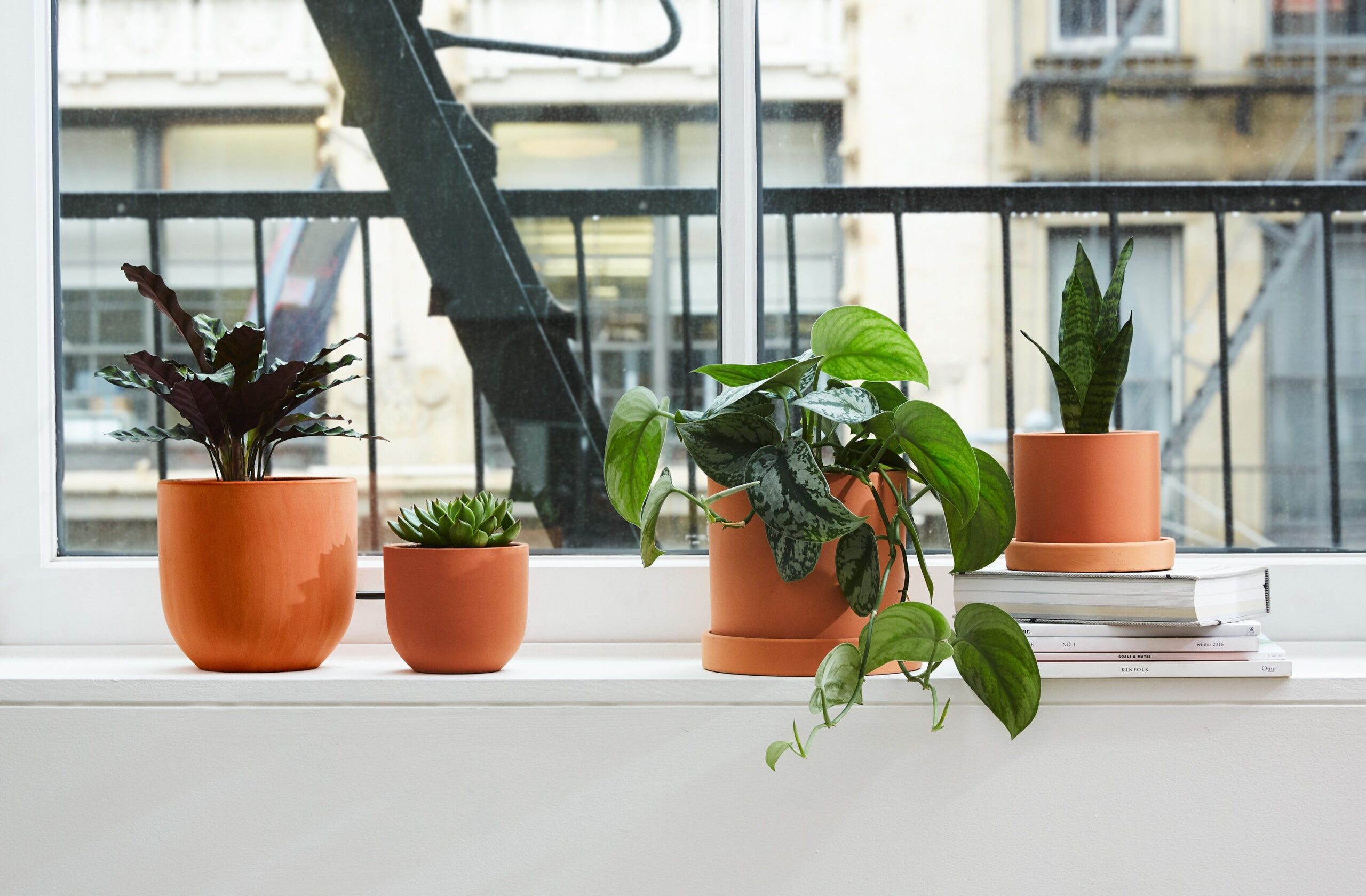In recent years, the Happy Plant has gained immense popularity as both a decorative element and a symbol of positivity and well-being. This article aims to delve deeper into the origins, cultural significance, and psychological benefits associated with this fascinating plant. Additionally, we will explore its widespread use in modern gardening and interior design, as well as provide essential tips for successful Happy Plant care.
Understanding the Happy Plant: An Overview
The Happy Plant, scientifically known as Pachira aquatica, is a small tropical tree native to Central and South America. It belongs to the Malvaceae family and is often referred to as the Money Tree, Guiana Chestnut, or Saba Nut. With its slender trunk and large five to seven-lobed green leaves, the Happy Plant truly stands out in any space.
When you bring a Happy Plant into your home or office, you are not only adding a touch of natural beauty but also inviting positive energy and good fortune. This fascinating plant has captured the attention and admiration of plant enthusiasts around the world.
The Botanical Profile of the Happy Plant
The Happy Plant thrives in warm and humid environments, making it an ideal choice for indoor cultivation. It can reach a height of up to six feet when grown indoors, creating an impressive presence in any room. Its glossy green leaves are not only aesthetically pleasing but also play a vital role in its symbolic significance.
Each leaf of the Happy Plant is composed of five to seven lobes, giving it a unique and distinctive appearance. The vibrant green color of the leaves adds a refreshing touch to any space, creating a sense of tranquility and harmony. The leaves are also known for their ability to purify the air by removing harmful toxins, making the Happy Plant not only visually appealing but also beneficial for your overall well-being.
One interesting fact about the Happy Plant is that it is capable of producing beautiful, fragrant flowers. However, these flowers are relatively rare when grown indoors, as the plant requires specific conditions to bloom. Nevertheless, the lush foliage of the Happy Plant is more than enough to captivate anyone’s attention.
See Also: Ensuring Quality and Freshness with Every Order at Neutral Bay Florist
The Origin and History of the Happy Plant
Originating in the wetlands of Central and South America, the Happy Plant has a rich history intertwined with various cultures. It is believed to bring good luck and prosperity to those who possess it, which has led to its widespread adoption in different parts of the world.
In Chinese culture, the Happy Plant is often associated with wealth and abundance. It is believed that placing a Money Tree in the southeast corner of your home or office can attract financial success and prosperity. The five lobes of the plant’s leaves are also thought to represent the five elements of Feng Shui, namely wood, fire, earth, metal, and water, symbolizing a harmonious balance in one’s life.
In addition to its symbolism, the Happy Plant has practical uses as well. In some regions of Central and South America, the seeds of the plant are roasted and consumed as a snack. The seeds are also pressed to extract oil, which is used in cooking and as a natural moisturizer for the skin and hair.
Whether you are drawn to the Happy Plant for its aesthetic appeal, symbolic significance, or practical uses, there is no denying its charm and allure. This remarkable plant has found its way into the hearts and homes of people from all walks of life, bringing joy, prosperity, and a touch of nature’s beauty.
The Symbolism of the Happy Plant
The Happy Plant holds deep symbolic meaning across different societies. Its association with good fortune and wealth has made it a popular gift for housewarmings, birthdays, and other significant occasions.
But what exactly is it about the Happy Plant that makes it so revered and cherished? Let’s explore its cultural significance, as well as its presence in art and literature.
Cultural Significance Across Different Societies
In Chinese culture, the number of braided stems on a Happy Plant holds specific symbolism. For example, a plant with three stems represents happiness, wealth, and longevity. This belief stems from the idea that the number three is considered lucky in Chinese tradition. By gifting a Happy Plant with three stems, one is not only wishing the recipient happiness and wealth but also a long and prosperous life.
Moreover, in Feng Shui, the placement of the Happy Plant is believed to attract positive energy and abundance. It is often recommended to place the plant in the wealth area of a home or office to enhance financial luck and prosperity. The vibrant green leaves and the upward growth of the plant are thought to symbolize upward growth in one’s career or business.
Across different societies, the Happy Plant has become a symbol of hope, luck, and prosperity. Its ability to bring positive energy and good fortune has made it a cherished gift and a popular addition to homes and workplaces.
The Happy Plant in Art and Literature
Throughout history, the Happy Plant has been featured in various forms of art and literature. Its captivating beauty and symbolic meaning have inspired artists and writers to incorporate it into their works.
In ancient Chinese paintings, the Happy Plant is often depicted alongside other auspicious symbols, such as the dragon or the phoenix. These paintings symbolize the pursuit of happiness, wealth, and success. The intricate details of the plant’s leaves and the careful brushstrokes used to portray it showcase the reverence and admiration people have for this plant.
Similarly, poets have found inspiration in the Happy Plant’s symbolism. Its vibrant green leaves and its ability to thrive in various conditions have been used as metaphors for resilience, growth, and the pursuit of happiness. Poems often describe the plant as a beacon of hope, reminding readers to stay positive and persevere through life’s challenges.
Furthermore, the Happy Plant has been immortalized in ceramics and pottery. Its image can be found on vases, bowls, and other decorative items. These artistic representations not only serve as beautiful decorations but also as reminders of the plant’s significance and the positive energy it brings.
The Happy Plant’s symbolism extends beyond its physical presence. It represents the human desire for happiness, prosperity, and a fulfilling life. Its cultural significance and its portrayal in art and literature highlight the universal longing for positivity and good fortune. So the next time you encounter a Happy Plant, take a moment to appreciate its deeper meaning and the joy it brings.

The Popularity of the Happy Plant
The Happy Plant has experienced a surge in popularity in recent years, particularly in the realms of gardening and interior design. Its aesthetic appeal, low-maintenance nature, and positive symbolism have made it a favored choice for many individuals.
But what exactly is it about the Happy Plant that has captured the hearts of so many? Let’s delve deeper into its characteristics and explore its growing popularity in more detail.
The Happy Plant in Modern Gardening
Garden enthusiasts now recognize the Happy Plant as an excellent addition to their collection. Its compact size and adaptability make it suitable for both indoor and outdoor gardens. Whether you have a small balcony garden or a spacious backyard, the Happy Plant can find its place among your other green companions.
One of the reasons why the Happy Plant has become a favorite among gardeners is its ability to thrive in various lighting conditions. Unlike some plants that require specific levels of sunlight, the Happy Plant can flourish in a range of environments, from bright indirect light to partial shade. This makes it a versatile choice for those who may not have access to abundant natural light.
Furthermore, the low-maintenance nature of the Happy Plant is another factor contributing to its popularity in modern gardening. It requires minimal care, making it an ideal choice for busy individuals or those who are new to gardening. With just a little bit of water and occasional pruning, the Happy Plant can thrive and bring joy to its caretaker.
The Happy Plant in Interior Design
The Happy Plant’s lush foliage, coupled with its distinctive braided trunk, elevates the visual appeal of any living space. Interior designers have recognized the plant’s ability to add a touch of freshness and natural beauty to various design aesthetics.
Whether placed in a corner to create a cozy atmosphere or featured as a centerpiece to make a bold statement, the Happy Plant effortlessly enhances the overall ambiance of a room. Its vibrant green leaves bring life and vibrancy to any space, creating a sense of tranquility and connection with nature.
Moreover, the symbolism associated with the Happy Plant has also contributed to its popularity in interior design. As its name suggests, the plant is often associated with happiness, positivity, and good fortune. Many believe that having a Happy Plant in their living space can bring joy and positive energy into their lives.
In conclusion, the Happy Plant’s rise in popularity can be attributed to its aesthetic appeal, low-maintenance nature, and positive symbolism. Whether you’re a gardening enthusiast looking to expand your collection or an interior designer seeking to create a harmonious living space, the Happy Plant is a versatile and delightful choice that is sure to bring happiness and beauty to your life.

The Happy Plant and Its Impact on Well-being
Beyond its visual appeal, the Happy Plant offers numerous benefits for the well-being of individuals. From promoting psychological health to alleviating stress, its presence can have a positive impact on one’s overall quality of life.
Psychological Benefits of the Happy Plant
Research suggests that exposure to nature, even through indoor plants, can help reduce anxiety, improve focus, and enhance overall mental well-being. The Happy Plant’s vibrant foliage and connection to nature contribute to creating a calming environment.
The Happy Plant and Its Role in Stress Relief
Indoor plants have long been associated with stress reduction, and the Happy Plant is no exception. Its presence can create a serene atmosphere, providing a respite from the daily hustle and bustle. Additionally, engaging in the care and cultivation of the Happy Plant offers a soothing and mindful activity.
Caring for Your Happy Plant
To ensure the vitality of your Happy Plant, it is essential to provide it with the appropriate care and attention. By following these simple guidelines, you can foster a thriving and happy plant in your home.
Ideal Conditions for Growing a Happy Plant
The Happy Plant thrives in well-draining soil, with a mixture of potting soil, perlite, and peat moss being the preferred choice. Ensure the plant receives bright, indirect light, and maintain a temperature range of 60-75°F (15-24°C). Regular watering is necessary to keep the soil slightly moist but not overly saturated.
Common Issues and Solutions in Happy Plant Care
While the Happy Plant is generally hardy, it may encounter a few common issues such as yellowing leaves or root rot. Regularly inspect the leaves for any signs of distress and adjust watering habits accordingly. As with any plant, a proactive approach to care is essential in addressing and preventing potential problems.
In conclusion, the Happy Plant’s symbolism, popularity, and impact on well-being make it a captivating subject to explore. Whether you seek its positive energy or simply appreciate its aesthetic value, the Happy Plant is an excellent addition to any space. By embracing its origins, understanding its cultural significance, and providing optimal care, you can harness the full potential of this remarkable plant.
